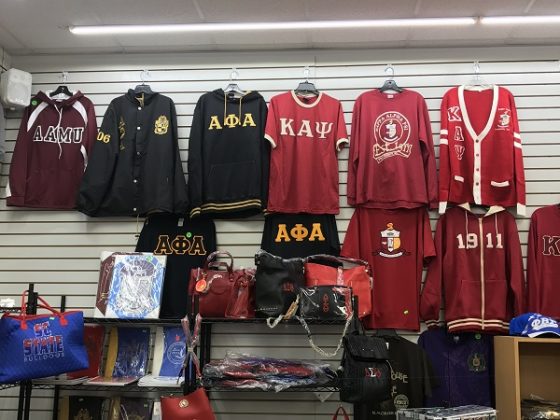Natural rubber (caoutchouc) comes from latex, the milky secretions of tropical plants that coagulate on exposure to air. Prior to European discovery, the indigenous peoples of South and Central America used rubber to waterproof fabrics. The initial use of rubber in eighteenth century Europe was limited to elastic bands and erasers.
Over time, various methods evolved to grind rubber so that fillers and other powders could be incorporated to stabilize thermal and chemical properties. In the United States, Charles Goodyear hit upon vulcanization (the process of treating rubber to give it useful properties, such as elasticity and strength) in 1839. In 1842 English inventor Thomas Hancock used his patented “masticator” on Goodyear’s vulcanized rubber, and what had been a lab curiosity became an industrial commodity.
Origins
Successful vulcanization prompted Henry Wickham to smuggle rubber seeds out of Brazil in 1876. British botanical experiments resulted in hardier rubber plants that were exported to Malaysia, Ceylon, and Singapore where dense plantings increased rubber yield exponentially. During World War I, the Germans invented a synthetic rubber that was prohibitively expensive.
When Allied forces were isolated from Asian rubber manufacturing centers during World War II, development of affordable synthetic rubber and rubber-recycling processes became part of the war effort. The reclaiming of cured rubber products was not commercially viable until 1991 when the Goodyear Company developed environmentally friendly devulcanization.
Evolution
In 1823 Scotsman Charles Macintosh sandwiched rubber softened with naphtha between two thicknesses of woven wool. Macintosh remedied the problem of thermal instability in 1830 by adopting Thomas Hancock’s vulcanization process. Draping and sewing rubberized wool proved to be a daunting task, so early floor-length coats were minimally designed. Over time the “mackintosh” came to feature trench coat details that made it more utilitarian and fashionable.
Uses
Rubber’s elasticity, impermeability, stickiness, and electrical resistance make it extremely useful as an adhesive, protective coating, molding compound, and electrical insulator. Latex is cast, used as sheeting, combined with powder that produces gases to form foam rubber, or oxygenated to form sponge rubber.
Modern Appeal
By the twenty-first century high-tech fibers and laminates all but replaced rubber for waterproofing apparel. However, from early Sears and Roebuck “sweat” suits to twenty-first century haute couture, the surface qualities of rubber continue to appeal to fashion designers and fetishists alike. In the 1960s, John Sutcliffe’s catsuits designed for the Emma Peel character on the TV series The Avengers caused rubber to come into vogue.
In 2003, rubber wear combined with other fashion fabrics was prominently featured in collections by Julien Macdonald, Helmut Lang, Nicolas Ghesquiere for Balenciaga, and John Galliano for Christian Dior.
Challenges
Garments constructed of rubberized cloth, rubber sheeting, or molded latex present specific design challenges. Rubberized cloth resists piercing and cannot be pressed; therefore facings and hems must be under-stitched, glued, or heat welded. Pinholes and tailor tacks will create permanent holes.
Because it is difficult to create buttonholes, garments typically feature zipper, Velcro, and snap closures. Grommets are used to vent unbreathable membranes. Garments made of rubber sheeting are more likely to be constructed utilizing cement and heat or pressure welding. Seamless molded garments offer the most serviceable construction.

















